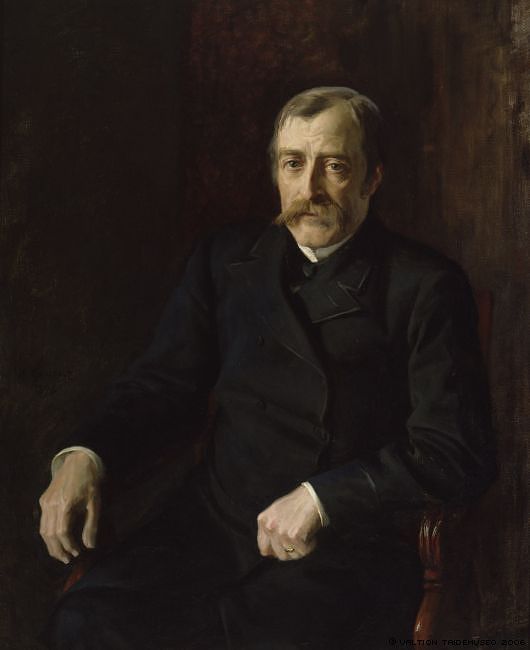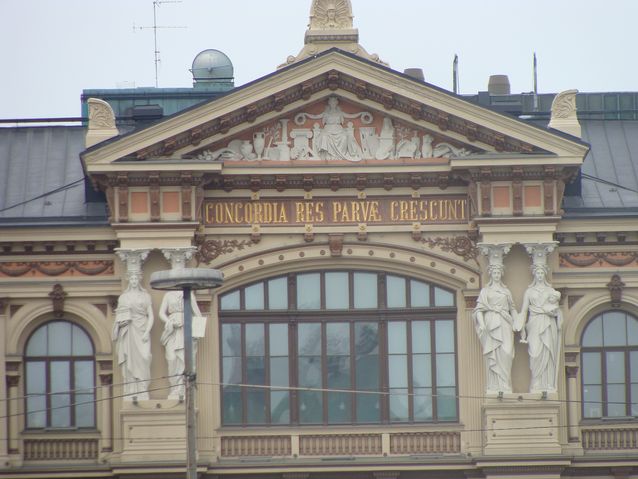Carl Gustaf Estlander
Carl Gustaf Estlander
Born January 31, 1834, Lapinväärtti. Died February 28, 1910, Helsinki.
Bachelor of Arts, 1856 (Aesthetics and Modern Literature), Master of Arts (priimus), 1857, Licentiate of Philosophy, 1859, Doctor of Philosophy, 1860, Imperial Alexander University
Dean, Division of History and Philology, Imperial Alexander University, 1884–98
Docent, Aesthetics and Modern Literature, Imperial Alexander University, 1860, Professor, 1868–1898
Founder, Editor-in-chief, Finsk tidskrift journal, 1876–1886
Board Member, Helsingfors Dagblad newspaper, 1862–1863
Representative of the Nobility at the Diet, 1899
Representative of the Clergy at the Diet, 1882
Member, Helsinki City Council, 1875–79, 1883–1885
Inspector, Uusimaa ‘nation’, 1870–1884
Secretary, Art Society, 1869–1878, and President, 1878–1896
Member, Finnish Society of Science and Letters, 1869, President, 1876–1877
Founder, Svenska litteratursällskapet (‘Swedish Literature Society in Finland’), 1885, President, 1885–1897, Honorary President, 1898
Honours
Riemutohtori, 1910
Ennobled, 1898
Counsellor of State, 1898
Riemumaisteri ( honorary master’s degree conferred fifty years after a first degree), 1897
Kanslianeuvos (honour bestowed upon public figure), 1891
Photo: WikimediaCommons
Written by Tomas Sjöblom
Translated by John Calton


